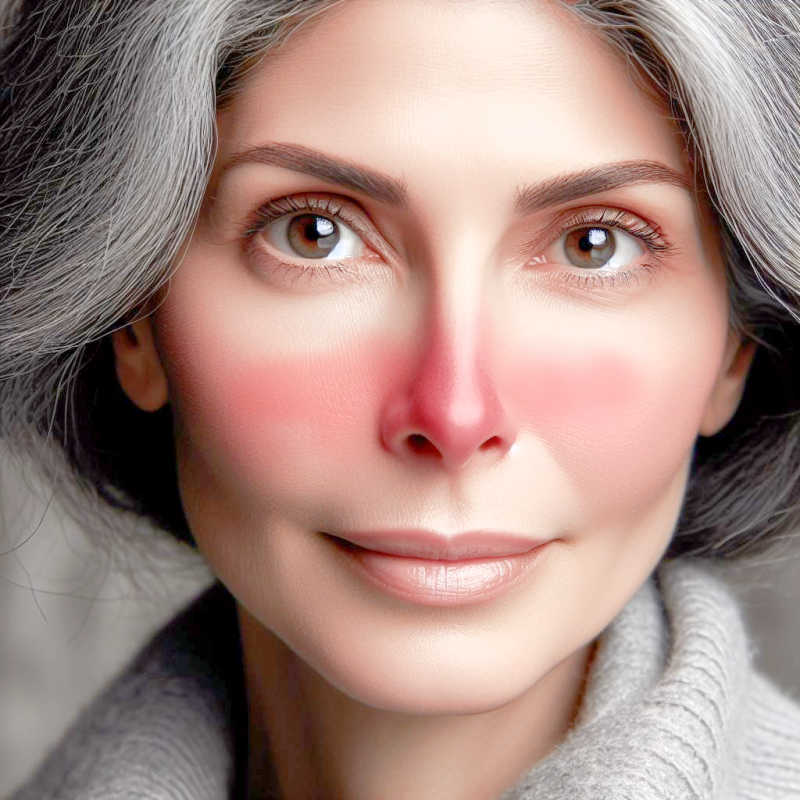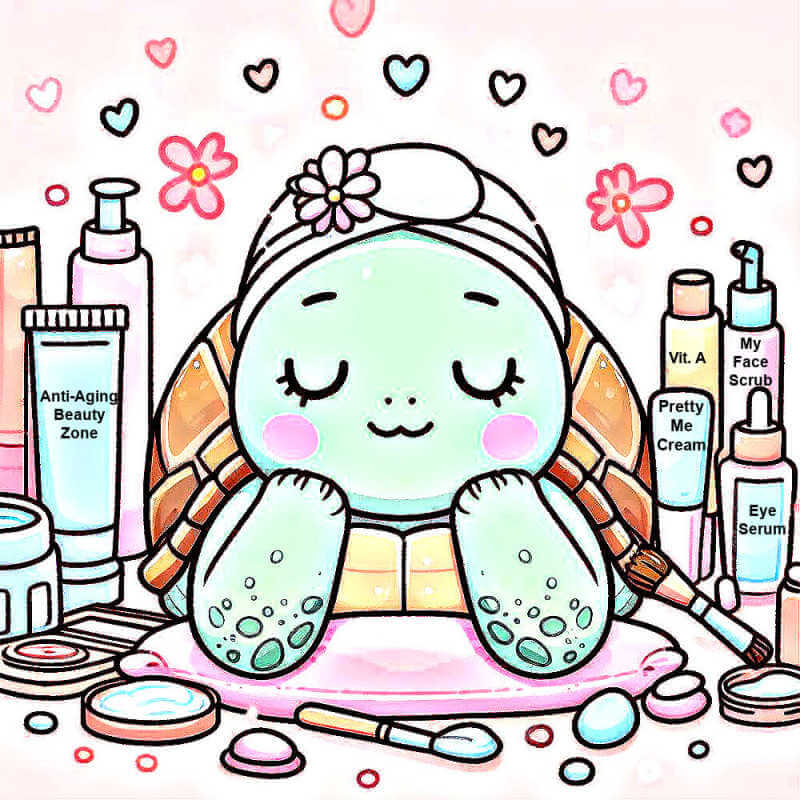As an Amazon Associate, I earn from qualifying purchases and other affiliate links. I only recommend products I’ve tried or researched.
- Home
- Troubled Skin
Gentle Skin Care for Older Adults - Tips for Troubled Senior Skin
by: Linda Robison / Facial Fitness Specialist
Skin care for older adults: How do you treat wrinkles and pimples at the same time?
Pimples after 50 can signal various skin conditions like acne, rosacea, or other dermatological issues, requiring tailored and gentle treatment options.

Choosing treatments for facial aging is hard enough, but when you’re also struggling with common skin problems like acne, blackheads, or rosacea it can be frustrating.
In this article, we’ll identify common conditions affecting older adults and the skin care solutions available. We'll emphasize gentle treatment for skin showing signs of aging, focusing on lines and wrinkles.
Skin care tips for seniors - Research is moving forward
Finding skin care products that won’t irritate aging, sensitive or fragile skin is important. But sometimes it can be difficult.
WHY? Because older adults (especially women facing menopausal breakouts) were not the typical target demographic for skin care products… Until now.
Research is starting to move in the right direction. As the population ages, many skin care companies are doing more testing to find skin care solutions for older adults.
Below you'll find gentle solutions and tips for troubled senior skin.
Rosacea
According to the Rosacea Organization, people 50 and over are likely to experience more severe rosacea symptoms than younger adults.
While it can develop in both men and women of all races and ages, it appears most frequently in middle-aged or elderly adults. Older women with fair complexions may be the largest group affected with rosacea.
Note: Please remember that rosacea can get worse as you get older if you don't treat it. I've seen this happen to some of my older friends.
It's important to start treatment as soon as you can. Sometimes, all you need to do is apply a cream to your face a few times a week.
In small studies, many rosacea sufferers have reported that without treatment their condition had advanced from early to middle stage within a year.
Rosacea commonly affects the middle part of the face, especially around the nose.
If you ever suffered from blushing or flushed skin, red blotches, and small pimple like bumps on the face – consider that it could be rosacea.
Find out the causes, treatments and care tips for flushed face rosacea.
Blackheads in elderly
The blackhead pimples discussed here are the non-inflammatory type of acne commonly found in adults.
This is different from the typical inflammatory acne usually seen during teenage years, which is caused by excess oil production and hormonal fluctuations.
In older adults, blackheads can develop due to many years of chronic sun exposure. Sun exposure disrupts the skin, causing oil to get trapped in the glands, according to Dr. Sandra Lee (Dr. Pimple Popper).
Whitehead vs Blackhead vs Pimple:
What’s the difference? Whiteheads and blackheads are both forms of acne pimples.
Blackheads:
These are called open comedo. It appears as a small black plug inside an open pore. This is not dirt, it’s just oxidized, hardened oil that’s turned black from oxidation due to expose to oxygen.
Whiteheads:
A closed comedone that looks like tiny white bumps under the skin. Essentially, it's a clogged pore covered by the skin, unable to react to oxygen, which is why it's not black.
Read about blackhead removal and skin care for older adults.
Acne and aging skin: Face breaking out at age 65?
While not as common as rosacea, adult acne, including pimples and breakouts, seems to affect mostly women over 50.
At this age, acne is often referred to as "hormonal pimples" or "menopause breakouts".
Why? Because this is the time when most women begin to experience a shift or decrease in hormone levels, which can disrupt the skin's natural oil balance.
ABZ Note: At this stage, it’s best to use non-comedogenic products—they’re less likely to clog pores or worsen breakouts.
Also, not all breakouts are the same. Some conditions look like acne or rosacea but need different care. If you're dealing with painful bumps, redness, or anything unusual, it’s smart to check with a professional before starting treatment.
Anti-aging acne treatment
Dealing with pimples and those tiny bumps under the skin (comedones) after you're 50 might seem like a hassle.
But here's some good news: a lot of the acne treatments available today actually help with other signs of aging, like wrinkles and discoloration.
So, it's like hitting two birds with one stone!
Also, some studies suggest that those who have suffered acne through their adult life may have a protective factor against skin aging later in life.
Want simple facial fitness tips you can actually stick with?
I share quick routines, skincare tweaks, and what’s working for me — straight to your inbox.
About the Author:
Linda Robison is a Facial Fitness Specialist and the founder of Anti-Aging Beauty Zone. With decades of hands-on experience, she shares practical, natural ways to lift and brighten mature skin—without expensive or invasive treatments.
Before you go ....
Please tap on the💙in the bottom right corner if you found this page helpful.
FOLLOW ME FOR MORE TIPS:
SHARE OR SAVE FOR LATER:





